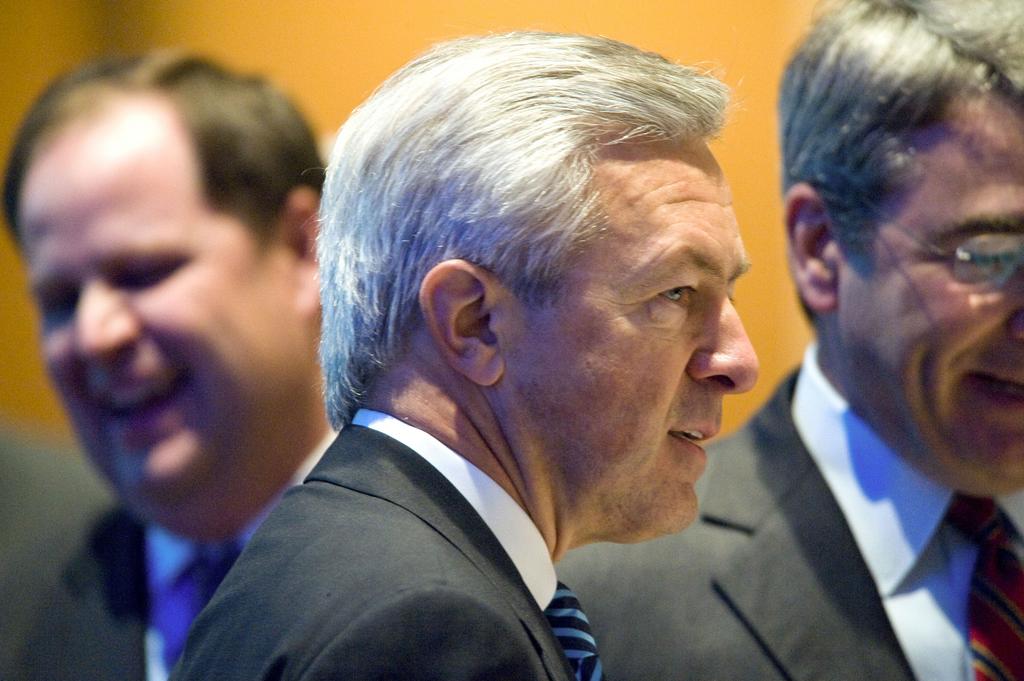Article originally published by the Philadelphia Business Journal on February 3, 2020
If you can’t trust your bank, who can you trust? If the employees of an organization can’t trust the HR department, their CEO or the board of directors, who can they trust? The most important attribute of all organizations is the level of trust between its leaders and their employees, and how an organization deals with its customers/clients. Wells Fargo failed in this important area.
Trust, ethics and integrity established by the CEO’s tone at the top are key elements of the sustainable success of every organization. Former Wells Fargo CEO John Stumpf failed in this responsibility by allowing illegal and unethical practices to occur over a multi-year period within the bank’s Community Banking Division. This was driven by relentless pressure to achieve unrealistic sales goals to meet bonus targets. Many employees at the bank branches chose to quit rather than do their jobs in an unethical manner.
On January 23, federal regulators announced that Stumpf agreed to pay a penalty of $17.5 million and accepted a lifetime ban from the financial services industry. A $25 million penalty is being contested by Carrie Tolstedt, the former VP of Community Banking. She is the executive directly responsible for the scandal that cost Wells Fargo tens of billions of dollars in fines and lost business.
Quoting from a Sept. 8, 2016 press release from the Consumer Financial Protection Bureau, “Spurred by sales targets and compensation incentives, employees boosted sales figures by covertly opening accounts and funding them by transferring funds from consumers’ authorized accounts without their knowledge or consent, often racking up fees or other charges.”
In a Sept. 21, 2016 CNN Money article, reporter Matt Eagan wrote that the news organization spoke with a number of Wells Fargo employees who claimed they were fired for reporting unethical practices on the ethics hotline and to the Wells Fargo HR department.
In a Jan. 4, 2017 CNN Money article headlined, “Wells Fargo admits to signs of worker retaliation,” Eagan wrote, “Wells Fargo says it has found evidence that at least some of these whistleblower retaliation claims … may have merit.”
Quoting from the Wells Fargo’s Code of Ethics and Business Conduct, “When you contact the Ethics Hotline, the interview specialist will listen … and then write a summary report of the call. … The summary will then be provided to Wells Fargo for assessment and further action. The Audit & Examination Committee of the Board oversees the investigation of concerns raised about accounting, internal accounting controls, or auditing matters.” How can employees trust HR, the CEO or the board when the letter and spirit of the Code of Ethics ring hollow?
Where was the board while these illegal and unethical practices were taking place within the Community Banking Division? It is illegal to fire whistleblowers. The board should have been outraged that management was not only ignoring whistleblowers, but some were fired for reporting illegal and unethical practices.
What action was taken when Ethics Hotline reports reached the Audit & Examination Committee of the board? Were these reports ignored? Why didn’t former CEO Stumpf and this committee of the board protect the whistleblowers? As a former CEO and as a director on numerous boards, that’s what I would have done.
The function of risk oversight at Wells Fargo was decentralized. Why didn’t the board require risk oversight to report centrally, to reduce the risk of what occurred within Community Banking? A report commissioned by the independent directors of Wells Fargo stated that Tolstedt was resistant to oversight and did not like to be challenged, a red flag that was ignored by Stumpf and the board.
Boards have the responsibility of duty of care. Lawsuits by shareholders, customers and employees test the degree to which the Wells Fargo directors fell short of that responsibility.
Due to the scandal, a number of incumbent directors were not nominated for reelection to the board. The 2019 Wells Fargo proxy statement states that six new independent directors have joined the board since 2017. As an independent director, I would have been embarrassed had the scandal occurred on my watch.
What occurred at Wells Fargo is a lesson for all boards. Assess the CEO for their tone at the top and the culture they nurture within the company, as well as its impact on risk exposure. These are just as important as assessing the CEO for financial performance. And don’t forget that trust in one’s boss, the CEO and the board is an important attribute of any organization.
Stan Silverman is founder and CEO of Silverman Leadership and author of “Be Different! The Key to Business and Career Success.” He is also a speaker, advisor and widely read nationally syndicated columnist on leadership, entrepreneurship and corporate governance. He can be reached at Stan@SilvermanLeadership.com.

